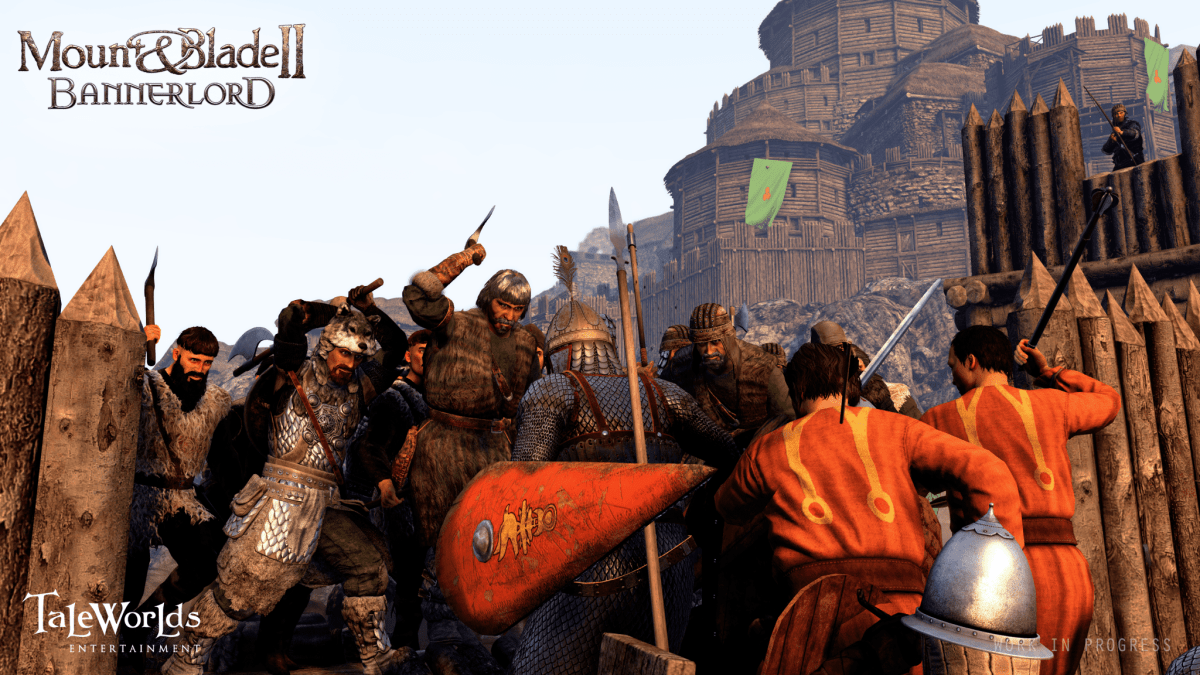After taking a break to talk about one of the game’s factions, the Mount & Blade 2 dev diary series returns to weapon physics. If you missed part one, that can be read about here. Part two is up on the title’s Steam page.
The focus of this piece, in the main, is how damage is calculated in Mount & Blade 2: Bannerlord. They give credit to an article by George Turner called ‘Sword Impacts and Motions‘ for helping to shape these mechanics. Taleworlds acknowledge that damage calculations are difficult to get right in a videogame. Going the ultra-realistic route of modelling real-life physical trauma is highly complex, and may not be desirable from a balance or fun perspective. Nonetheless, they’ve aimed to make it realistic enough to provide immersion and depth.
To that end, Mount & Blade 2 will use a model that is “somewhat based on physics, but is still simple and understandable for players.” Damage in the game depends on kinetic energy dissipated upon impact. In even simpler terms, a soft swing from a spear will do less damage than if you ram the spear into them from horseback (as you’d expect).
There are three different types of damage, which will also have an effect on the calculations. Cutting weapons are most efficient at translating kinetic energy (a swing) into damage, but do poorly against armour. Blunt are the reverse. Piercing weapons sit somewhere in between.
Point of impact will also make a big difference in Mount & Blade 2. A weapon may have 50 potential points of damage, but if you’re striking an enemy with the hilt and your swings aren’t hitting ‘cleanly’, it’ll do far fewer.
Next week’s dev diary is promising a chat with 3D Modeller Ümit Singil. Mount & Blade 2: Bannerlord is in ongoing development, and doesn’t yet have a specific release date.







Published: Nov 17, 2017 06:19 pm